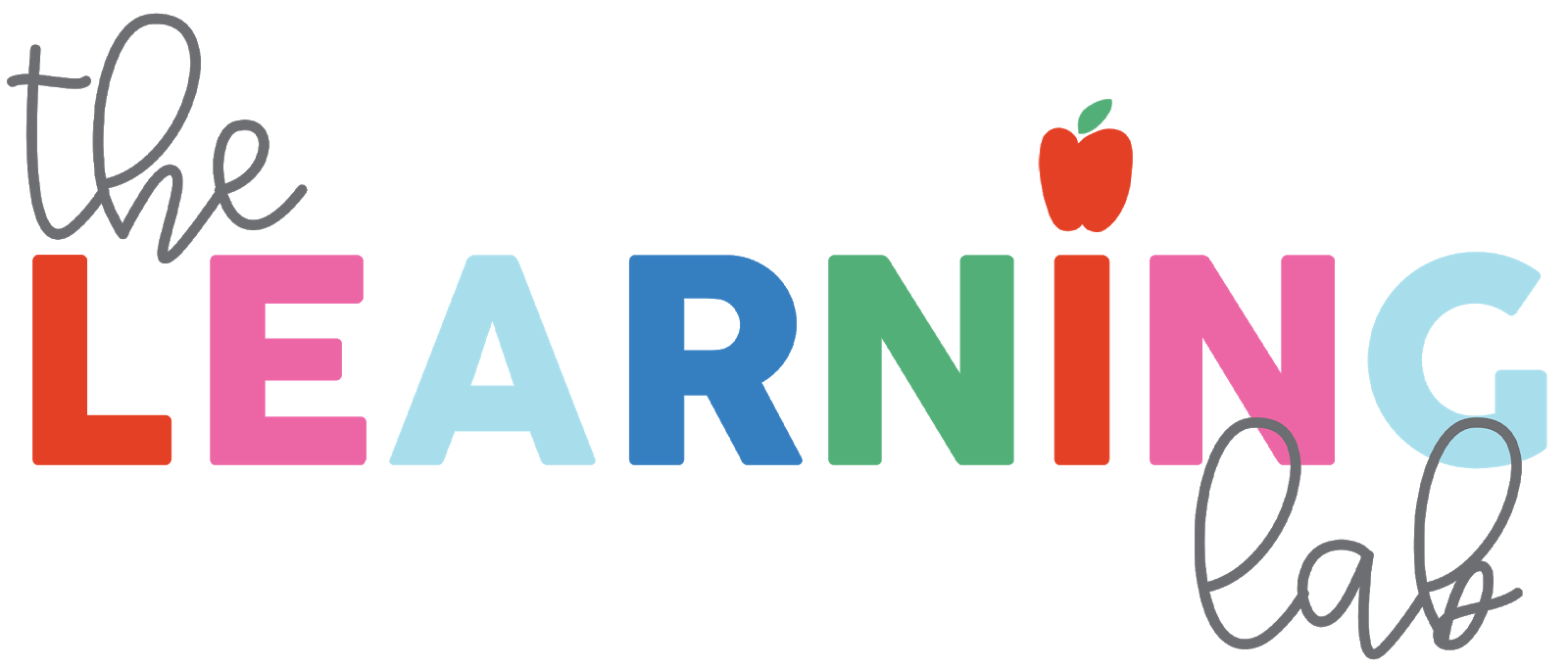Using Text Features to Read Informational Texts!
Sunday, February 24, 2013
Captured on Film!
After teaching my class about the importance of text features, I caught two kiddos using the resource on their own accord! 
In guided reading and whole-class reading, we have repeatedly discussed the importance of text features. They enable us to understand the subject, locate information, and even gain new understandings! These include: headings, table of contents, diagrams, captions, indexes, and the list goes on!!!
Here is an example of Print Text Features:
Native American Study--Using Semantic Maps
Fourth Grade students began their study of the Abenaki (Woodland/Algonquin Native Americans.) To begin this study, each study filled out their own Semantic Map. Students did a *think*pair*share--they did their own thinking, paired with a partner to added new ideas, and shared out as a large group. I made a larger Semantic Map, which we kept up on the wall for the duration of the study.
After this, students began reading about the Abenaki, highlighting interesting facts, and recording facts. They had several jobs to do with these texts. They needed to collect facts, which they used to create posters or Keynote presentations. They also chose one area of study. Each student worked on some sort of a performance task to demonstrate their findings. We had hand-made transportation equipment, 3-D topographic maps, large-scale drawn maps, clothing made for dolls, model wigwams, and the list goes on!

This was such a great unit!
As an additional reading piece, students listened to and read many Abenaki and Pourquoi folktales. Each student then wrote their own Pourquoi folktale.
After this, students began reading about the Abenaki, highlighting interesting facts, and recording facts. They had several jobs to do with these texts. They needed to collect facts, which they used to create posters or Keynote presentations. They also chose one area of study. Each student worked on some sort of a performance task to demonstrate their findings. We had hand-made transportation equipment, 3-D topographic maps, large-scale drawn maps, clothing made for dolls, model wigwams, and the list goes on!

This was such a great unit!
As an additional reading piece, students listened to and read many Abenaki and Pourquoi folktales. Each student then wrote their own Pourquoi folktale.
FREEBIE
Click on the Image here to get your own semantic map worksheet--for free!
Subscribe to:
Posts (Atom)



































